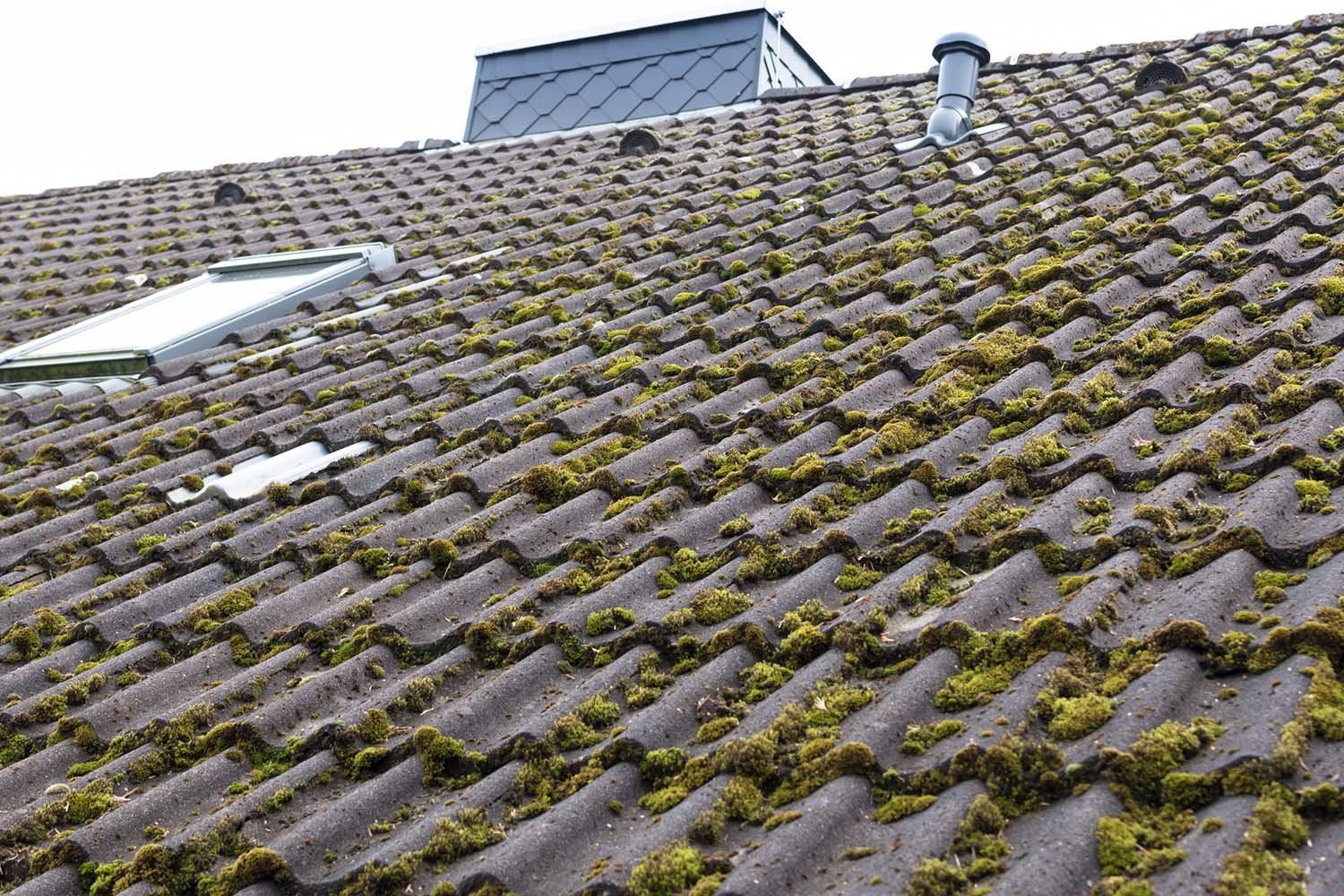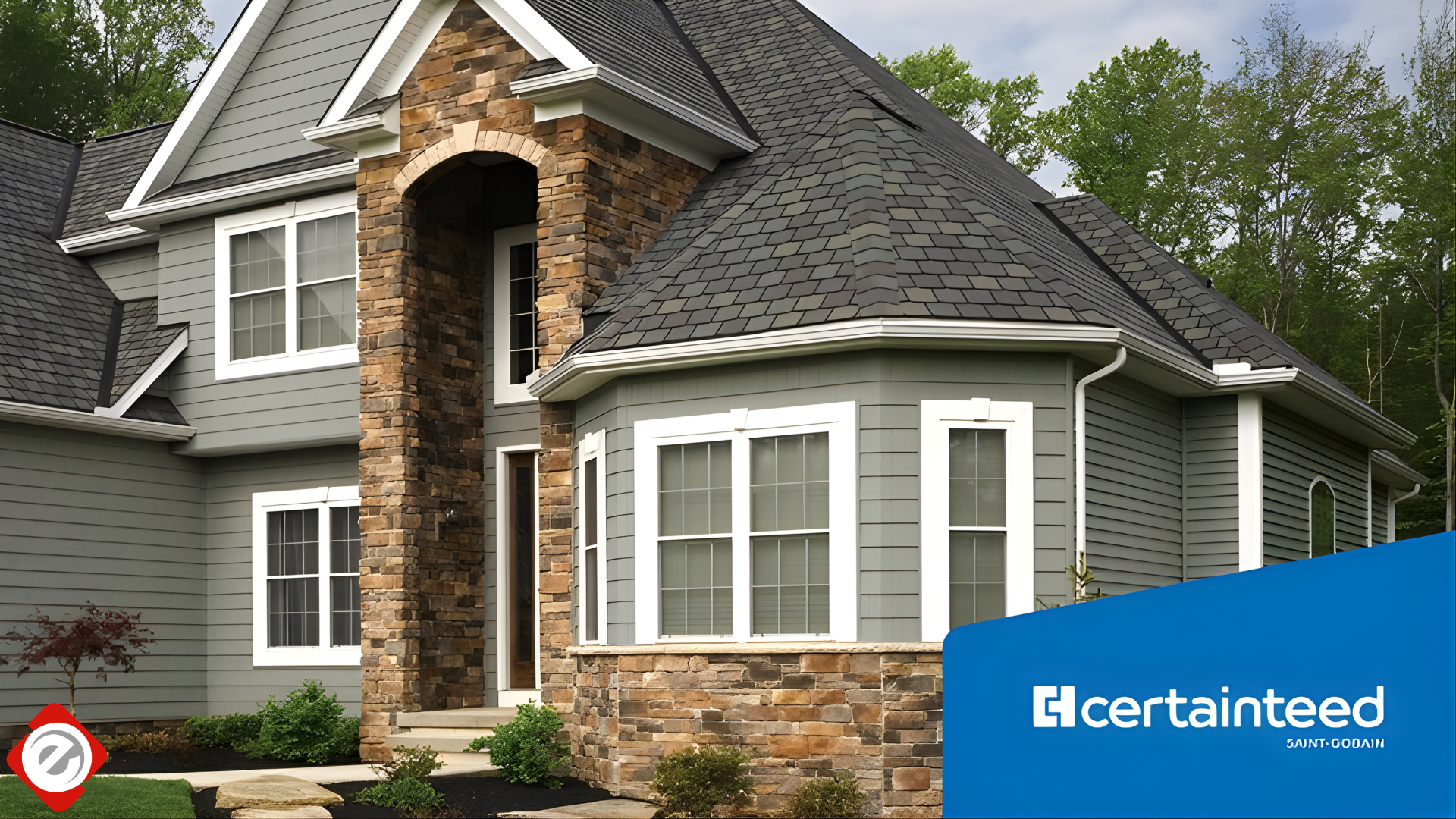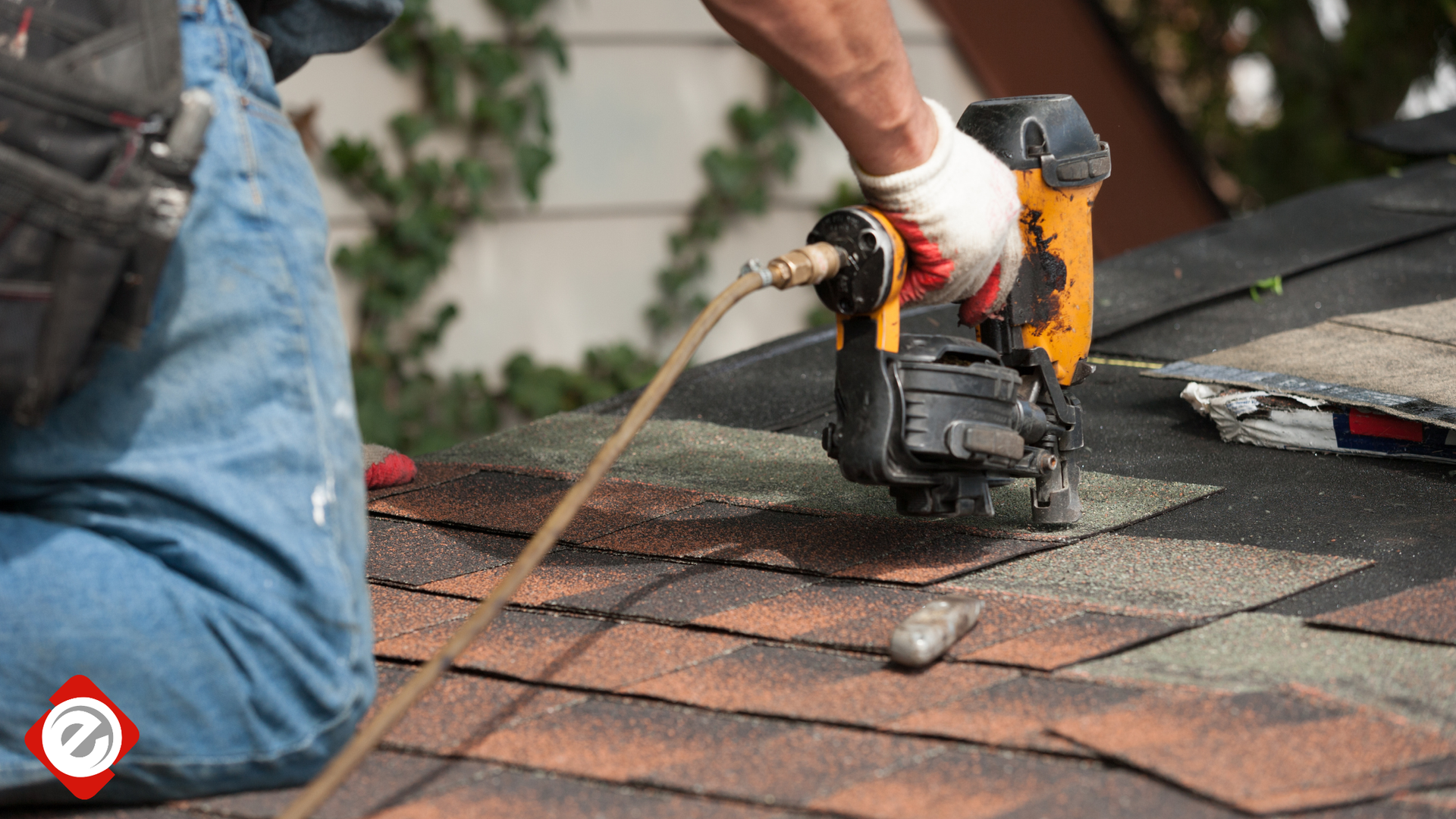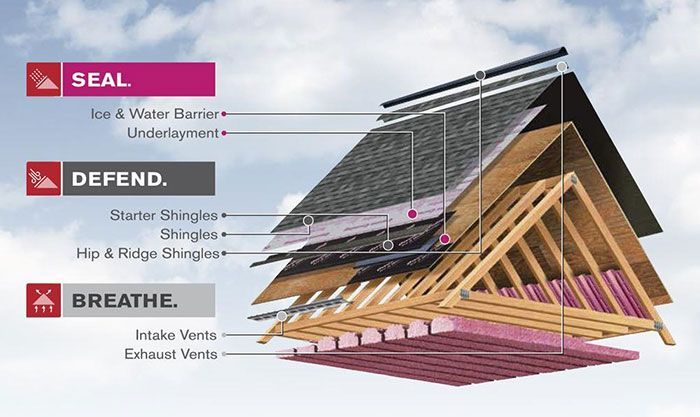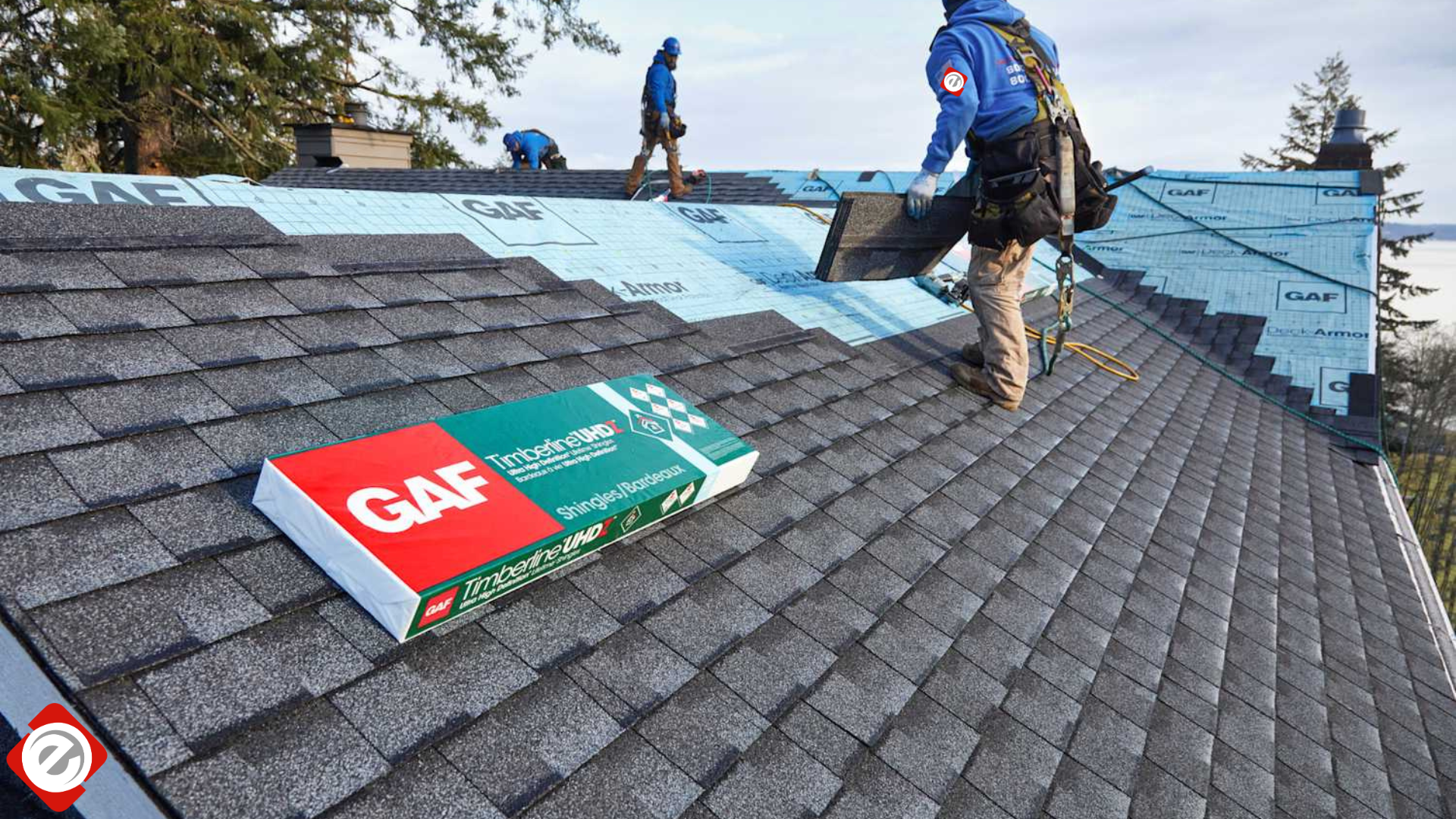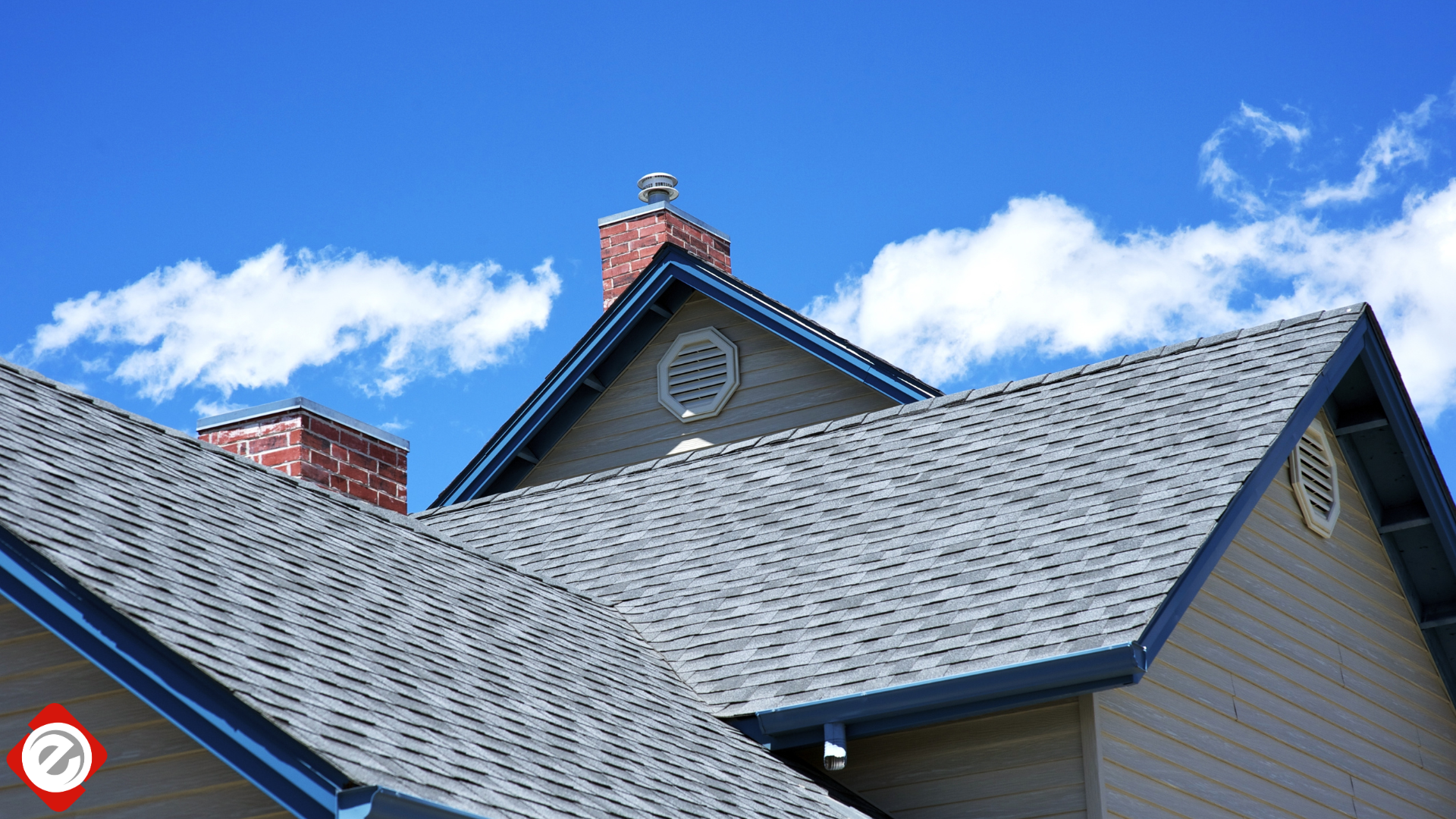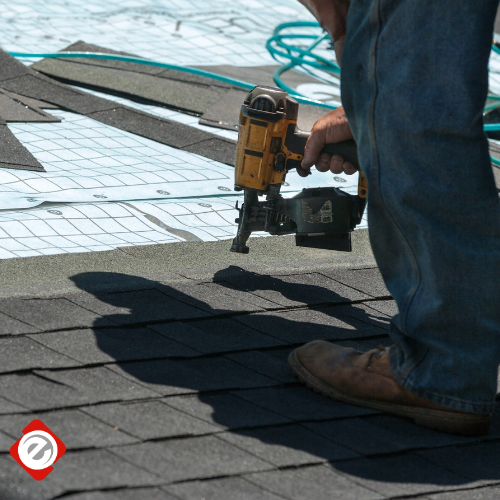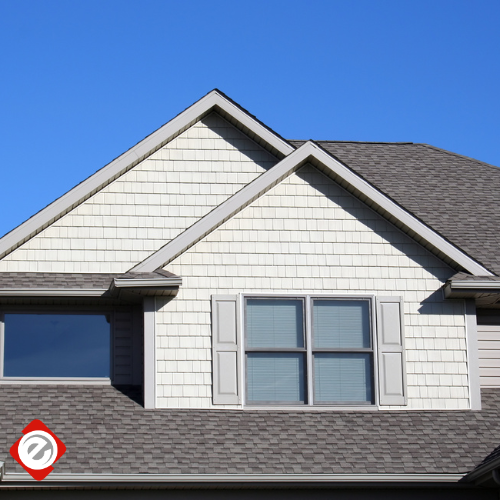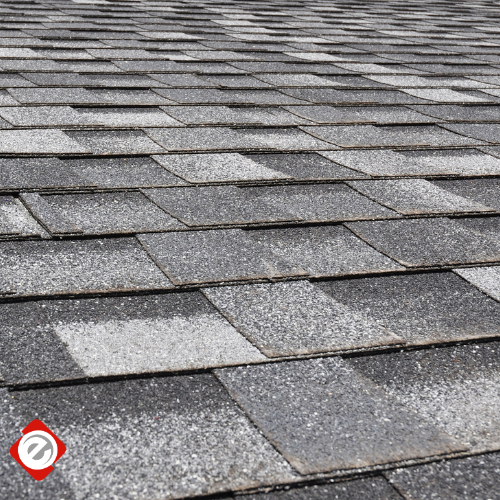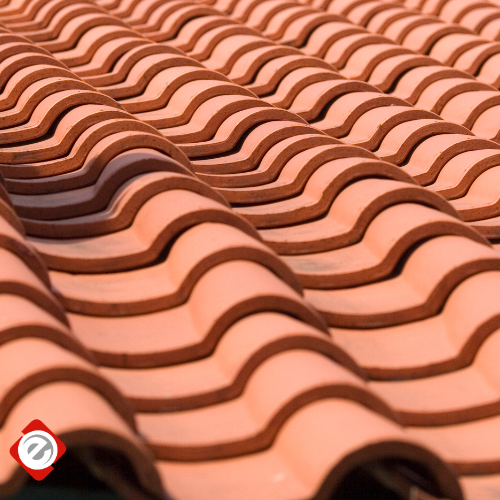econoroofing209@gmail.com
Remove Moss From Your Roof, and Keep It Off
Moss is for bogs and rocks, not roofs. Unfortunately, this opportunistic plant can start growing on your roof. Moss likes moisture. So not only does excess moisture promote the plant's growth, but moss also perpetuates a moist environment. Its presence on your roof will significantly shorten the roof's lifespan because moss causes the roofing material to degrade.
So if you see moss growing on your roof, you should remove it. Once you've completed that task, keep it from returning again.
Moss Removal
You have a few different options for how to remove the moss from your roof. The most effective method involves climbing onto your roof. Once you're on the roof, spray down the target area with a hose. Use a long-handled brush with soft bristles to scrub as much of the moss off as possible. Follow up with a roof-safe commercial cleaning solution to finish cleaning the area.
If you don't want to be on the roof scrubbing, you can purchase a dry powder moss killer. You still have to climb on the roof, but in this case, to sprinkle the powder in parallel lines that start from the ridge. When it next rains, the water will activate the powder and clear away the moss.
If you don't feel comfortable climbing on the roof at all, look into a liquid moss killer. You'll attach the canister to your hose and spray it up onto your roof from the ground. Your hose needs to have enough pressure to reach all the way up to the peak of the roof. Apply the moss killer when the roof is dry so you can track your progress. You can also keep a mental tally of the sections you've sprayed.
Moss Prevention
Once the moss is gone, you can take actions to prevent its return. If your roof sprouted moss once, it can be prone to moss growth. The plant thrives in moist, shady environments, so your first step is to remove that environment.
First, trim nearby trees that are casting shade onto your roof. The more sun your roof sees, the less likely it is to sprout moss. You can trim the tree in such a way that it still shades windows while letting the full sun shine on your roof.
Next, make sure your roof doesn't see too much moisture. One culprit is the presence of leaves and debris in the gutter. They prevent rainwater from flowing through the gutter and down the spout as intended. As a result, the water backs up onto your roof, thus creating that moist condition moss loves. So clean your gutter on a regular basis.
Moss doesn't like an acidic or basic environment. So if part of your roof doesn't get much sun, maybe because it faces north, you could create an acidic or basic environment. For an acidic environment, dilute white vinegar, citrus juice, or tomato juice and spray it onto your roof. For a basic environment, make a solution of water and baking powder, baking soda, soap, or salt.
Finally, if you think your roof is moss-prone, you can add metal to the roofing because the plant doesn't adhere to this material. Naturally, you can invest in a whole new metal roof if your roof is at the replacement stage. However, you can also add metal to an existing roof.
For that process, you need zinc, copper, or lead flashing. Manufacturers also sell premade strips especially for this purpose. Install these strips along the ridge of your roof and in lines between the shingles. The presence of the metal will prevent moss from taking hold in the crevices, where it likes to start.
Don't let moss compromise the integrity of your roof. Remove the plant and prevent it from returning with the above steps. If you prefer to leave the job to professionals, contact Econo Roofing.





